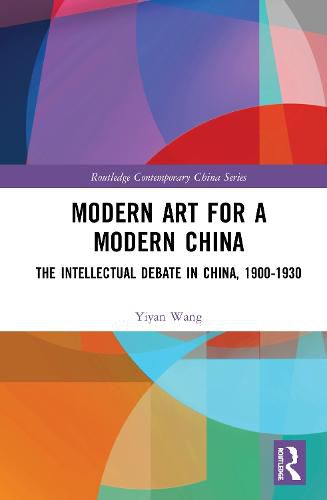Readings Newsletter
Become a Readings Member to make your shopping experience even easier.
Sign in or sign up for free!
You’re not far away from qualifying for FREE standard shipping within Australia
You’ve qualified for FREE standard shipping within Australia
The cart is loading…






How did art reform fit into the many initiatives for social and cultural change that contributed to the New Cultural Movement that transformed the Chinese cultural landscape during the Republican period?
Modern art for a modern China was the rallying cry of Chinese intellectuals, many of whom were artists, critics, writers, poets and educators. Wang describes how these groups discussed and implanted changes in China’s conception and practice of art. She demonstrates how art reforms fit into the many initiatives for social and cultural change that contributed to the New Cultural Movement that transformed the Chinese cultural landscape during the Republican period. In doing so, she analyses two key areas in the intellectual history of Republican China: China’s art reform in the early decades of the twentieth century; and the connection and intersection between colonialism, nationalism and cosmopolitanism, including their direct impact on the development of art and art practice in China.
Modern Art for a Modern China is an invaluable resource for scholars and students of China’s twentieth-century intellectual history and art history.
$9.00 standard shipping within Australia
FREE standard shipping within Australia for orders over $100.00
Express & International shipping calculated at checkout
How did art reform fit into the many initiatives for social and cultural change that contributed to the New Cultural Movement that transformed the Chinese cultural landscape during the Republican period?
Modern art for a modern China was the rallying cry of Chinese intellectuals, many of whom were artists, critics, writers, poets and educators. Wang describes how these groups discussed and implanted changes in China’s conception and practice of art. She demonstrates how art reforms fit into the many initiatives for social and cultural change that contributed to the New Cultural Movement that transformed the Chinese cultural landscape during the Republican period. In doing so, she analyses two key areas in the intellectual history of Republican China: China’s art reform in the early decades of the twentieth century; and the connection and intersection between colonialism, nationalism and cosmopolitanism, including their direct impact on the development of art and art practice in China.
Modern Art for a Modern China is an invaluable resource for scholars and students of China’s twentieth-century intellectual history and art history.